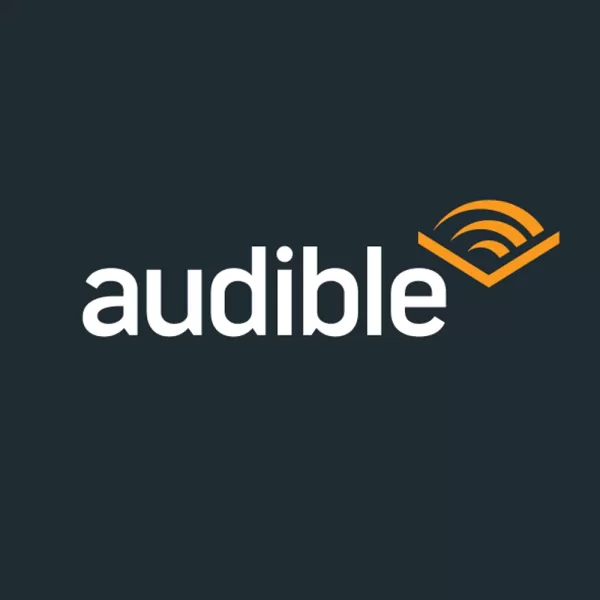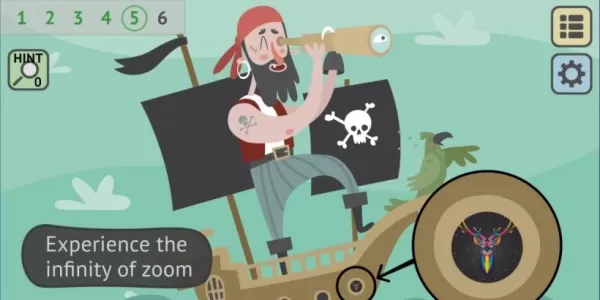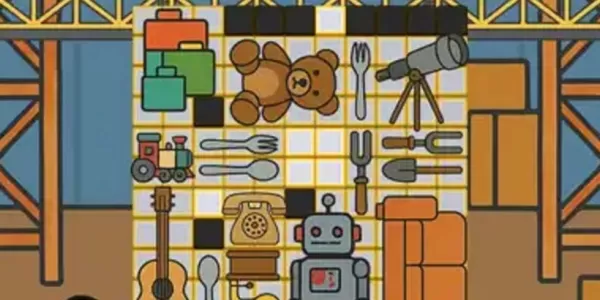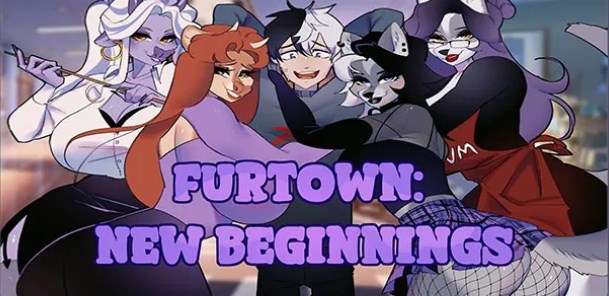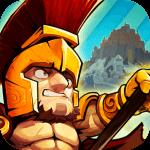The excitement surrounding the reveal of the Nintendo Switch 2 was palpable, with its new graphical capabilities setting the gaming world abuzz. While fans eagerly awaited news of a new 3D Mario game, the absence of one (it's been nearly eight years since Super Mario Odyssey) was a notable disappointment. However, the reveal did bring other exciting announcements, such as the open-world Mario Kart World, the much-anticipated return of Donkey Kong in Donkey Kong Bananza, and a thrilling new game reminiscent of Bloodborne called The Duskbloods. Yet, the overarching topic that has dominated discussions is the pricing of the console and its ecosystem. With the Switch 2 priced at $449.99, it's not just the console cost that's under scrutiny but also the expenses related to games and accessories needed to fully enjoy the new system. So, is the price of entry into Nintendo's latest offerings too steep? Let's dive in and explore.
The headline-grabbing $80 price tag for Mario Kart World has sparked considerable debate. In an era where $60 to $70 is considered standard for new releases, this higher price point has raised eyebrows. The immediate reaction is to question whether Nintendo is capitalizing on the game's guaranteed popularity at launch. Add to that the cost of additional joy-con controllers for multiplayer sessions at $90, and the requirement of a Nintendo Online membership for global connectivity, and the total investment starts to climb. The reveal trailer's emphasis on 24-player co-op and new social features like GameChat and photo mode only amplifies the perception of a potentially cynical pricing strategy.
Nintendo Switch 2 System and Accessories Gallery
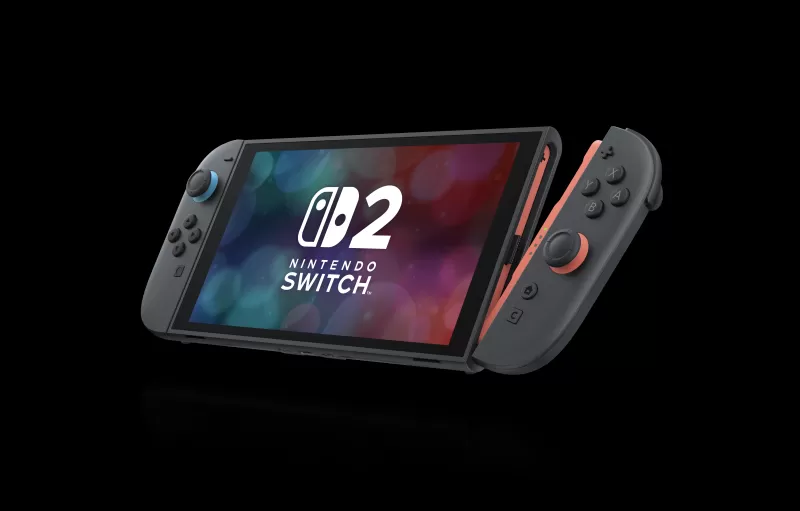
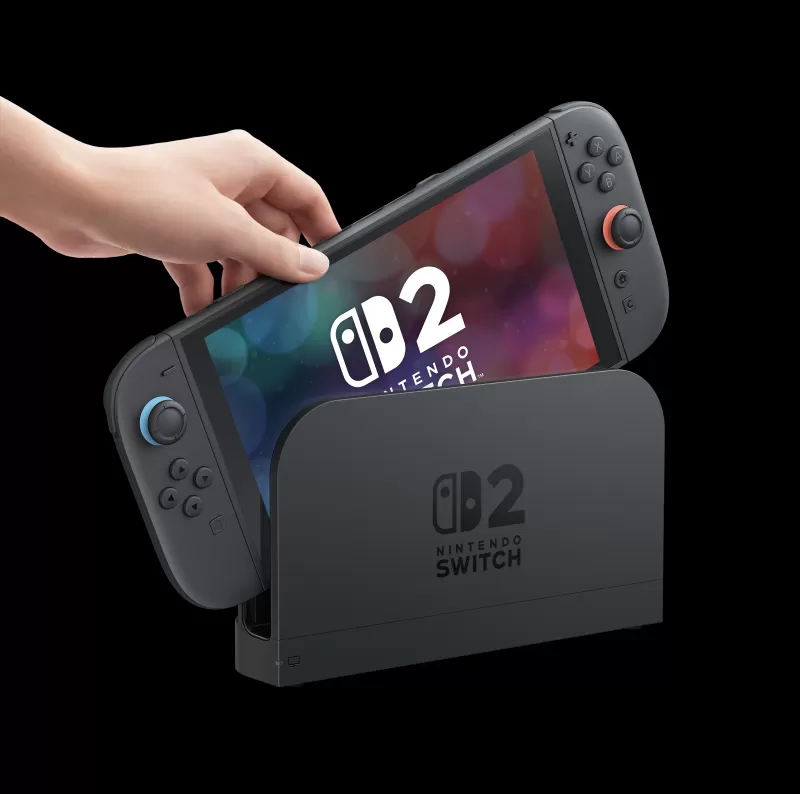 91 Images
91 Images
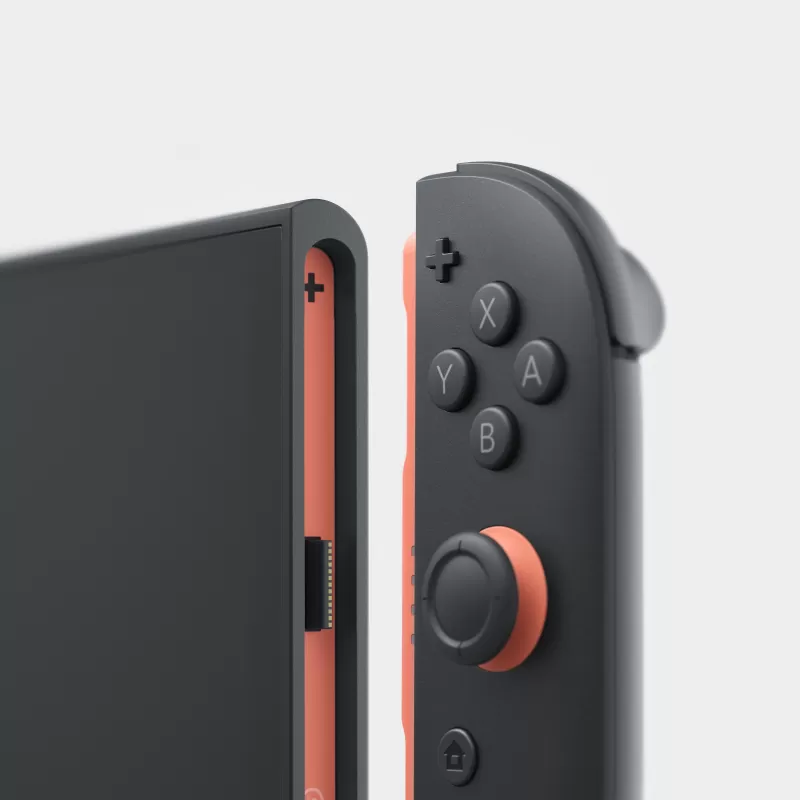

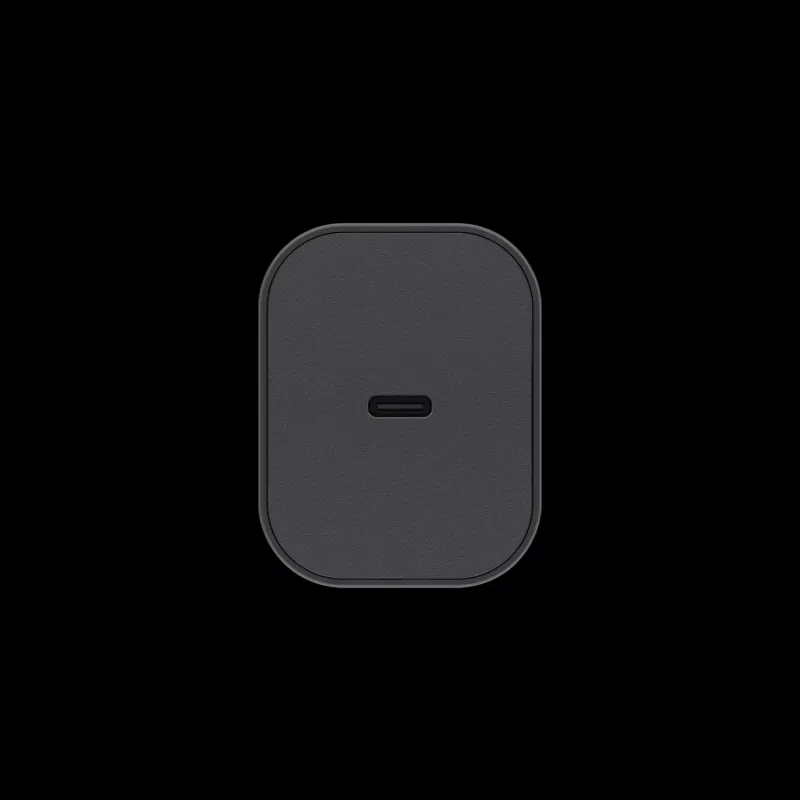
On the flip side, the argument can be made that Mario Kart World offers exceptional value. Considering its potential to be the sole Mario Kart title on the Switch 2 for years, akin to the longevity of Mario Kart 8, the $80 price could be justified for the extensive enjoyment it promises. In a landscape where free-to-play games like Fortnite dominate, our perception of what constitutes value for money may have shifted. A player who spends as much time on Fortnite over five years as they would on Mario Kart might easily spend $80 on in-game purchases. While direct comparisons are tricky, in an era where a family movie outing can cost $80 for just a couple of hours, a decade's worth of Mario Kart fun doesn't seem unreasonable.
Donkey Kong Bananza, priced at a more modest $69.99, suggests that Nintendo is selectively pricing its titles, perhaps recognizing the unique draw of Mario Kart. Yet, the $80 price point for other titles like Kirby and the Forgotten Land and The Legend of Zelda: Tears of the Kingdom on the Switch 2 raises concerns about a broader pricing trend. This approach could influence other publishers to adopt similar pricing strategies, with eyes turning toward titles like GTA 6. It also raises questions about how future console generations will handle the cost of upgrading older games.
PlayStation's precedent of offering $10 upgrades for some PS4 to PS5 games, such as the upcoming Days Gone, sets a benchmark. The pricing for enhanced versions of Switch games on the Switch 2 remains undisclosed, but a similar $10 fee for improved frame rates, 4K resolution, and additional content would likely be well-received. However, a higher price of $20 or $30 might deter players from investing in these upgrades.
For instance, The Legend of Zelda: Tears of the Kingdom is currently available on Amazon for $52, significantly less than the $80 Switch 2 version. The difference is even more pronounced in the UK, where the Switch version is £45, compared to £75 for the Switch 2. Given the original Switch version's MSRP of $70, the upgrade cost might be just $10. If so, purchasing the Switch version and the upgrade pack could save nearly $20.
These speculations are based on the current offerings within the Nintendo Online + Expansion Pack membership, priced at $49.99 annually. Assuming the price doesn't increase soon (though it wouldn't be surprising if it did, considering trends like Netflix's escalating costs), an upgraded Zelda game included in the membership isn't a bad deal. However, questions linger about what happens if a subscription is canceled—do players revert to playing at 1080p with reduced performance?
Lastly, the decision to charge for the Nintendo Switch 2 Welcome Tour, a virtual exhibition with minigames, feels out of place. Such an introduction is typically expected as a free addition to a new console, much like Astro's Playroom, which was bundled with every PlayStation 5. Astro's Playroom was a generous nod to both Nintendo's inventive spirit and PlayStation's history, warmly welcoming new users. In contrast, the Switch 2 Welcome Tour's pricing suggests a misstep reminiscent of Sony's costly PS3 launch strategy.
AnswerSee ResultsDespite these pricing concerns, I believe the Switch 2 won't represent a regression for Nintendo akin to Sony's challenging transition into the high-definition era. The original Switch's momentum and its extensive library of games provide a solid foundation. The Switch 2 itself appears to be a safe but impressive evolution of its predecessor, and the games showcased so far are promising, with more expected on the horizon (including, hopefully, a new Mario title). I hope Nintendo heeds the feedback on pricing and avoids setting $80 as the new standard for video games.
While the cost of the Switch 2 and its ecosystem does cast a shadow over the reveal, it doesn't entirely eclipse the excitement and potential of the new console. It's a reminder that while innovation and advancement are thrilling, the price of entry can be a significant factor in how warmly new technology is received.

